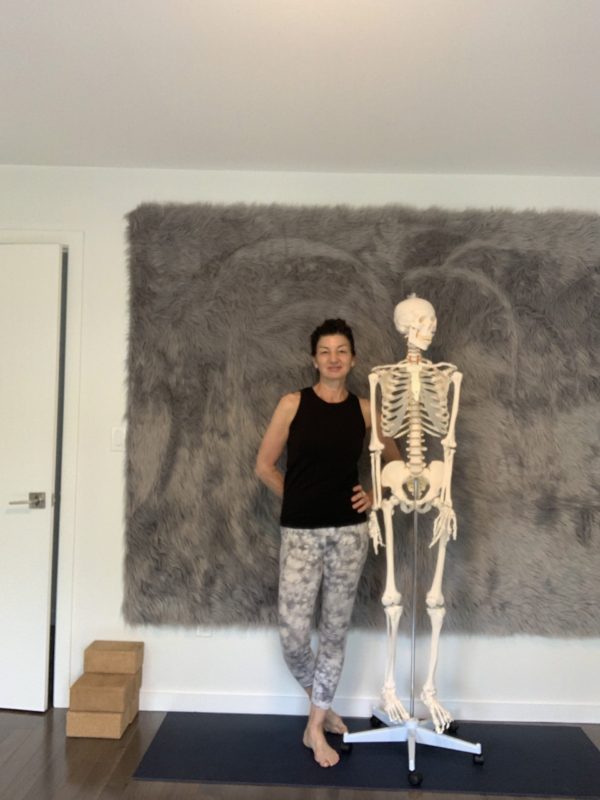
I recently went out to dinner and we ran into some friends. They joined us and inevitably the conversation turned to, “What do you do?” (the couple was friend’s with my boyfriend, not me, so they weren’t familiar with my background as a teacher).
“I’m a yoga teacher,” I said.
“OOOOOOOHHHHHH, yoga! Wow! I can say that my experience with yoga is (insert how person feels about yoga). ”
And that’s always how it goes. Let me know in the comments below: has this happened to you?
I can share there are a few common things that I hear:
The person who’s not flexible enough for yoga;
The person whose mind won’t settle enough to “do yoga”;
The person who tried yoga and the teacher/class/studio was horrible and they’ll never go again;
and…
the person who loves yoga!
Now, the question is:
What’s our role as yoga teachers when we get into conversations like these? I also say, “I’m a yoga teacher, not a yoga pusher.” I never want to push yoga on anyone. However, the one thing I do notice is that people have very little understanding from the classes they’re attending as to several key things:
- What’s the point of this pose?
- What muscles are helping me do this pose?
- How can I modify this pose if it feels uncomfortable?
- Is the feeling I’m getting in the pose normal?
I have countless conversations about different fundamental poses with people and it to me it highlights how important it is that:
- Our cues be clear and action oriented;
- We only share anatomy based cues if we truly know the anatomy and can explain it;
- We speak to the muscles in action in the pose (only if we know them);
- We use less “yoga speak,” meaning, less artistic, hard to interpret, language and emphasize action cues.
Is there a place for advanced poses, creative language and specialty sequences? Sure! Just be intentional about when you offer it and be sure you know the group and are present and watching them.
Looking for more ways to learn anatomy? Sign up for the Learn Anatomy Challenge here.
